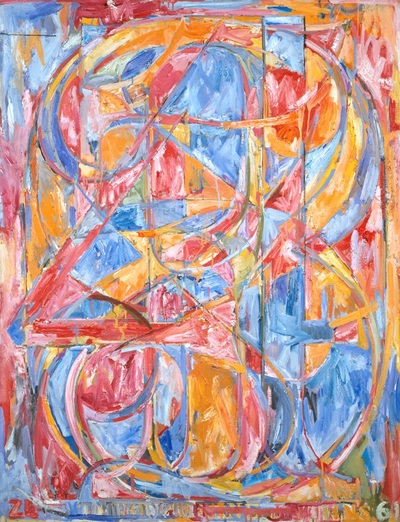

I know "Walkaround Time" only as a wonderful film (made in live performances by Charles Atlas).

Duchamp was agreeable if I executed the work.ĪM2. Merce was agreeable, if I would be the one to ask Marcel for permission.

I occurred to me that these could be enlarged and incorporated into some sort of decor. One doesn’t usually know where ideas come from, but I think the trigger for the Duchamp set was seeing a small booklet showing each of the elements of the Large Glass in very clear line drawings. How do you remember having this idea? and how do you remember shaping it with Cunningham? and with Duchamp? And the work that most overtly connects him to you and Cunningham is "Walkaround Time" - which came to the stage in 1968. The senior figure of the five was Duchamp. You were in Cunningham audiences right up to the final year of his life and after. Robert Rauschenberg worked closely with the Cunningham troupe as its main designer from 1953 to 1964, and you unofficially assisted in the realization of some of his designs from 1960 onwards you and other artists began to sponsor some of Cunningham's seasons in 1967, you became the company's artistic advisor, a post you officially held until 1980. I hope it's fair to say the four of you, despite being strong individuals with separate qualities each peculiar to himself, represented a new movement in the arts. Cage and Cunningham had been working together since 1942 you and Rauschenberg became, with them, an artistic quartet of friends in the 1950s. This Philadelphia exhibition honors five artists: Marcel Duchamp, John Cage, Merce Cunningham, Robert Rauschenberg, and yourself. I know that he took time to word these replies and discussed some of them with mutual friends. While enigmatic, they show his concern with honesty, accuracy, and facts.ĪM1. It should not be thought that the shortness of Johns’s replies to my questions indicates haste or rudeness on his part: he is renowned for being enigmatic. Here, however, are his original replies, supplemented by one more question and answer from 2021. Most of his replies were brief considerable “New York Times” editing occurred before the eventual piece was published. In due course, I sent him eighteen questions. Although he tends to use few words in conversation about dance, he proposed that I interviewed him by email. Johns and I had met a few times by then I knew he welcomed my reviews of Cunningham dance theatre as chief dance critic of the “New York Times”. Jasper Johns was the only living member of the exhibition’s five artists he had been a friend of Cunningham’s since the 1950s, served as artistic advisor to the company between 19, and took a close and admiring interest in Cunningham’s work until and after Cunningham’s death. This opened less than a year after the closure of the Merce Cunningham Dance Company: most of its members were able to perform in the numerous dance events that occurred as part of the exhibition. In 2012-2013, the Philadelphia Museum presented an important exhibition of Marcel Duchamp, John Cage, Merce Cunningham, Robert Rauschenberg, and Jasper Johns.


 0 kommentar(er)
0 kommentar(er)
